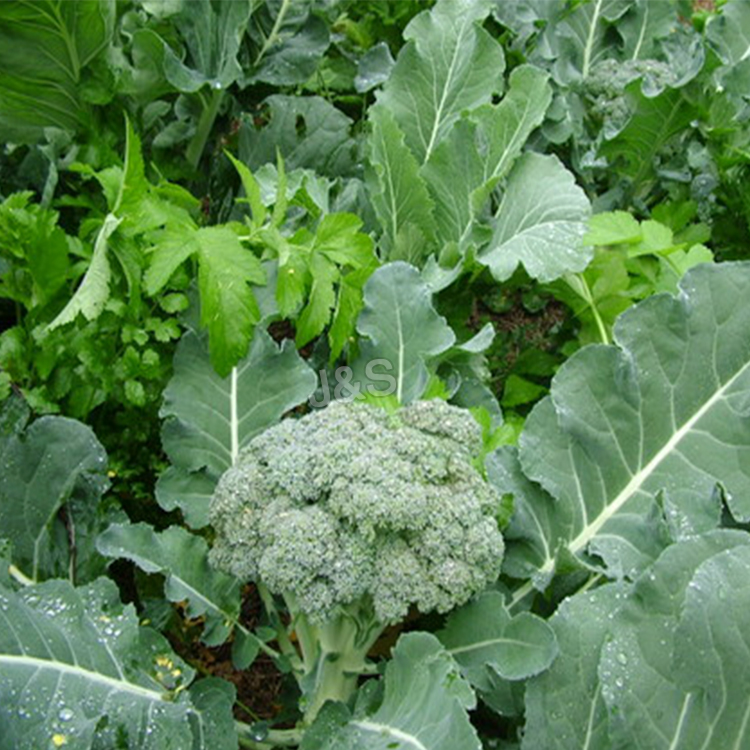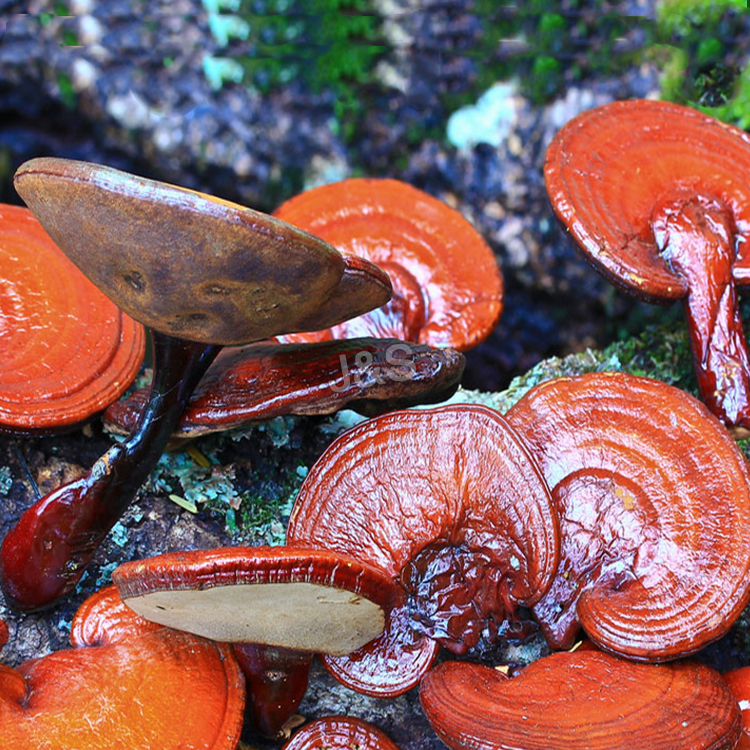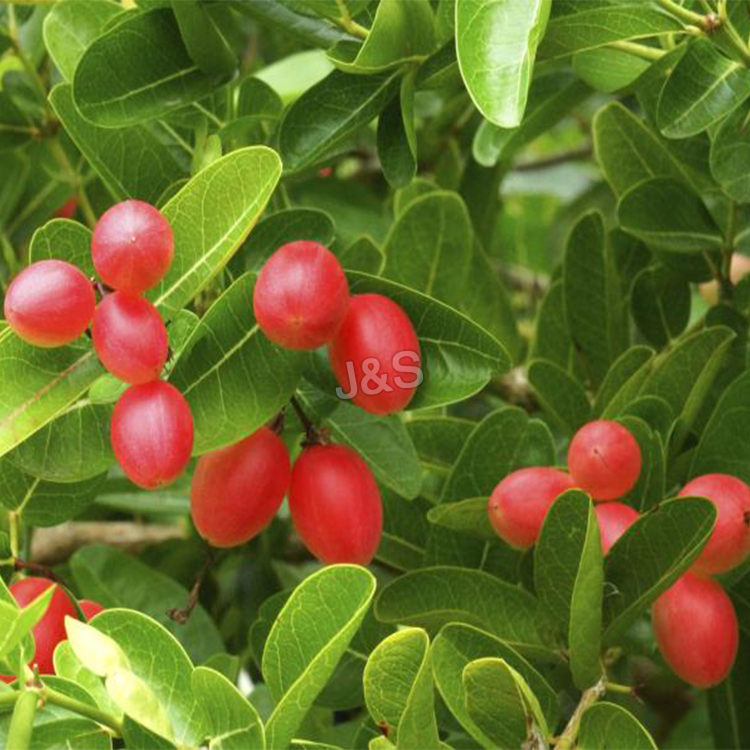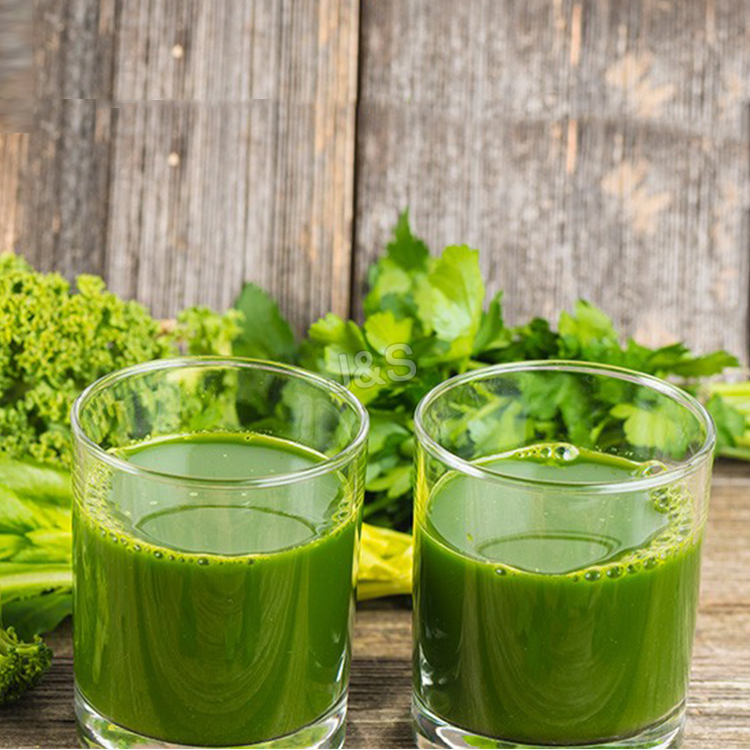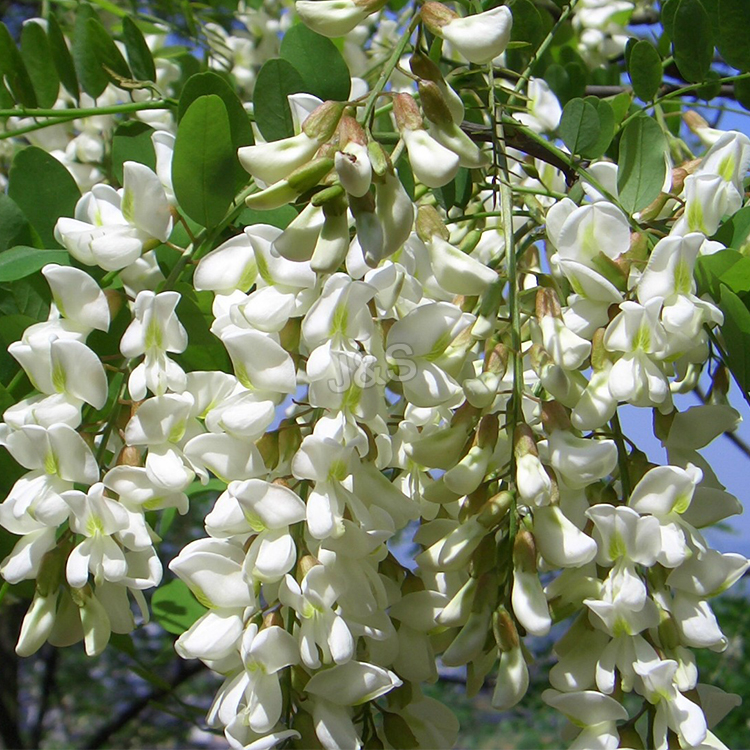Wholesale price for Stevia Extract Factory for New Delhi
Wholesale price for Stevia Extract Factory for New Delhi Detail:
[Latin Name] Stevia rebaudiana
[Plant Source]from China
[Specifications] 1.Stevia Extract Powder (Steviosides)
Total Steviol Glycosides 80%, 90%, 95%
2. Rebaudioside-A
Rebaudioside-A 40%, 60%, 80%, 90%, 95%, 98%
3. Stevioside 90%
One monomer in Steviol Glycosides
[Appearance] Fine white powder
Plant Part Used:Leaf
[Particle size] 80 Mesh
[Loss on drying] ≤5.0%
[Heavy Metal] ≤10PPM
[Shelf life] 24 Months
[Package] Packed in paper-drums and two plastic-bags inside.
[Net weight] 25kgs/drum
Stevia Extract
[Characteristics]
Stevia sugar features high sweetness and low calorie and its sweetness is 200 350 times of that of cane sugar but its calorie is only 1/300 of that of cane sugar.
The component of stevia extract that gives it its sweetness is a mixture of various steviol glycosides. The components of sweetness in stevia leaves are stevioside, rebaudioside A, C, D, E and dulcoside A. Rebaudioside C, D, E and dulcoside A are small in quantity. The principal components are stevioside and rebaudioside A.
The quality of stevioside and rebaudiosideA is better than those of other components, which are commercially extracted and used in various applications.
The steviol glycosides present in stevia extract are referred to as “steviosides” or ¡°stevia extract¡±. Among these “steviosides”, the most common is Stevioside followed by RebaudiosideA. The Stevioside has a slight and pleasant herbal taste and the Rebaudioside-A has no herbal taste.
Although Rebaudioside C and dulcoside A are small in quantity in stevia extract, they are the major components giving bitter aftertaste.
[Function]
A large number of pharmaceutical tests have proved that stevia sugar has no side effects, carcinogens, and is safe for eating.
Compared with cane sugar, it can save 70% of the cost. With pure white color, pleasing taste and no peculiar smell, Stevia sugar is a new sugar source with broad perspective for development. Stevia rebaudianum sugar is the natural low hotsweet agent mostly similar to the flavor of cane sugar, approved to be used by State Ministry of Health and Ministry of Light Industry.
It is the third natural succedaneum of cane sugar and beet sugar with development and health care value, extracted from the leaves of the herbal vegetable of the composite family-stevia rebaudianum.
Product detail pictures:
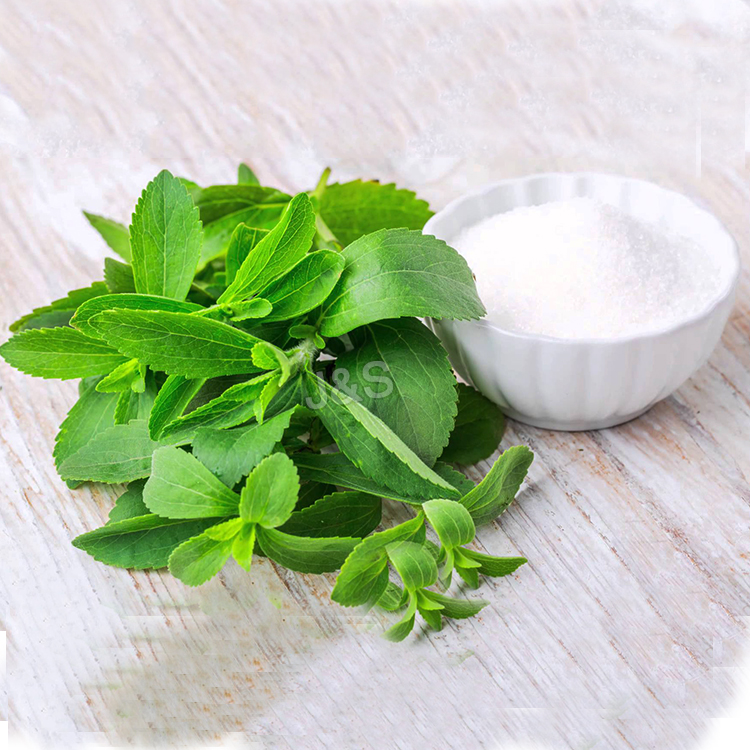
Related Product Guide:
Our progress depends around the innovative machines, great talents and consistently strengthened technology forces for Wholesale price for Stevia Extract Factory for New Delhi , The product will supply to all over the world, such as: Grenada, Canada, Birmingham, Our organization. Situated inside the national civilized cities, the visitors is very easy, unique geographical and economic situations. We pursue a "people-oriented, meticulous manufacturing, brainstorm, construct brilliant" organization. hilosophy. Strict top quality management, fantastic service, reasonable cost in Myanmar is our stand on the premise of competition. If vital, welcome to make contact with us by our web page or telephone consultation, we've been likely to be pleased to serve you.
stevia cultivation
UCI Chem 128 Introduction to Chemical Biology (Winter 2013)
Lec 14. Introduction to Chemical Biology — Glycobiology
View the complete course: https://ocw.uci.edu/courses/chem_128_introduction_to_chemical_biology.html
Instructor: Gregory Weiss, Ph.D.
License: Creative Commons BY-NC-SA
Terms of Use: https://ocw.uci.edu/info.
More courses at https://ocw.uci.edu
Description: Introduction to the basic principles of chemical biology: structures and reactivity; chemical mechanisms of enzyme catalysis; chemistry of signaling, biosynthesis, and metabolic pathways.
Introduction to Chemical Biology (Chem 128) is part of OpenChem: https://ocw.uci.edu/collections/open_chemistry.html
This video is part of a 18-lecture undergraduate-level course titled “Introduction to Chemical Biology” taught at UC Irvine by Professor Gregory Weiss.
Recorded February 22. 2013.
Index of Topics:
0:02:04 Enzyme Functions
0:06:10 Serine Based Proteases
0:10:44 Protein Based Inhibition of Proteases
0:13:10 Covalent or Mechanism-Based Protease Inhibitors
0:15:02 Inhibition of Serine Esterases
0:17:07 Enzymes Use Co-Factors (Vitamins)
0:21:31 The Origins of Stereospecificity in Alcohol Dehydrogenase
0:24:09 Pyridozal Phosphate (Vitamin 86)
0:27:29 PLP – Catalyzed Transamination
0:29:29 Protein Engineering
0:36:16 Most Mutations Make the Protein Less Functional
0:38:17 Carbohydrates
0:44:30 Hemiacetal Reactivity and Formation
0:46:33 Glucopyranose is the Most Noteable Ring Configuration
0:47:51 Oligosaccharides of the TB Coat
0:51:29 Oxocarbenium Ions as a Key Intermediate in Hydrolysis of Glycosidic Bonds
0:53:19 Mechanisms of Enzymatic Hydrolysis
0:54:58 Commonalitites in Glycosylhydrolase Mechanisms
0:56:03 Neuraminidase: Key Enzyme in Influenza Release from Surface to Cell
1:01:06 Oligosaccharides
1:04:22 Polysaccharides
1:08:04 Hyaluronan: Oligosaccharides in Joints
1:09:57 Glycosylated Proteins
Required attribution: Weiss, Gregory Introduction to Chemical Biology 128 (UCI OpenCourseWare: University of California, Irvine), https://ocw.uci.edu/courses/chem_128_introduction_to_chemical_biology.html. [Access date]. License: Creative Commons Attribution-ShareAlike 3.0 United States License (https://creativecommons.org/licenses/by-sa/3.0/us/deed.en_US).
This enterprise in the industry is strong and competitive, advancing with the times and develop sustainable, we are very pleased to have a opportunity to cooperate!


